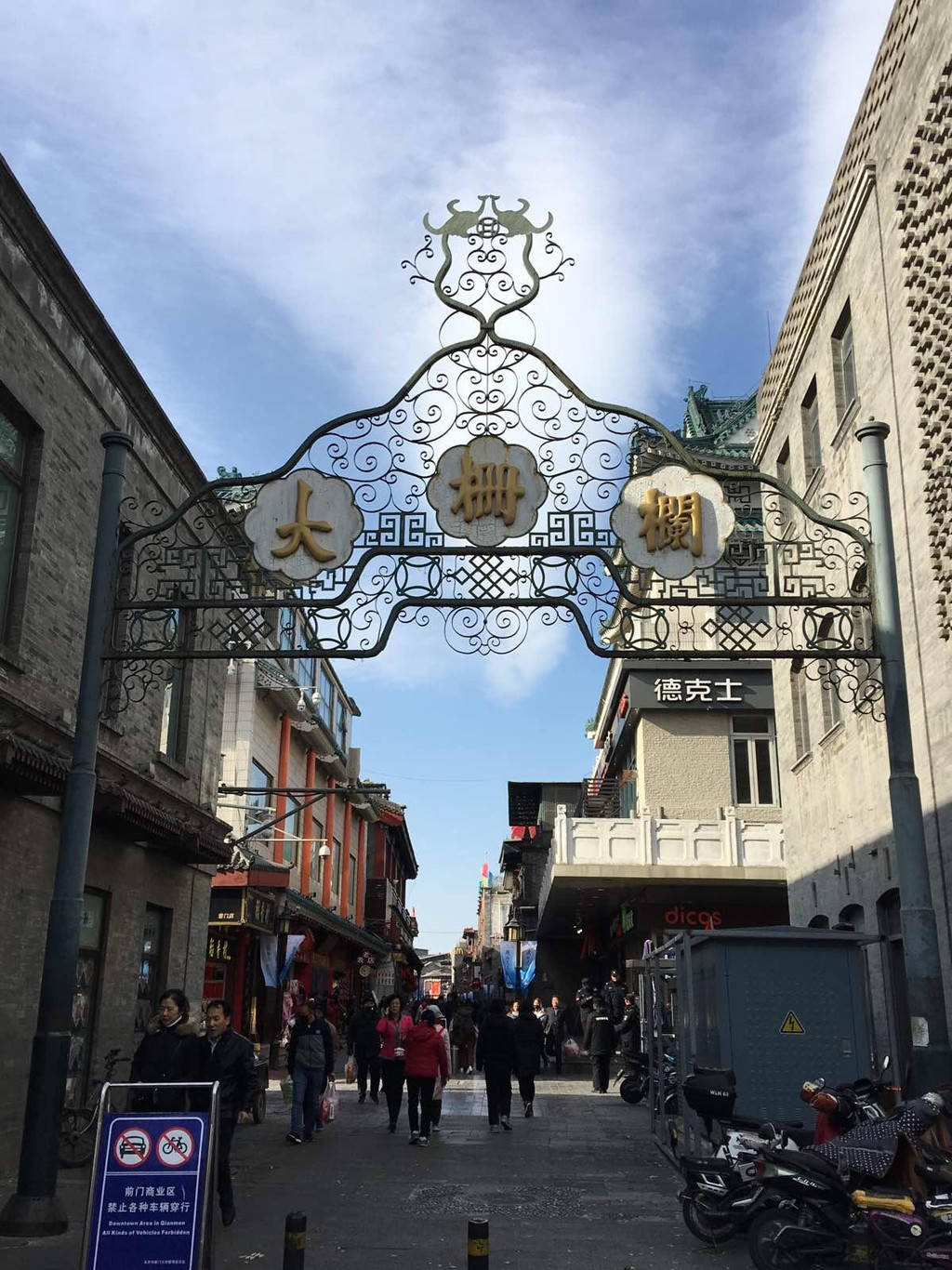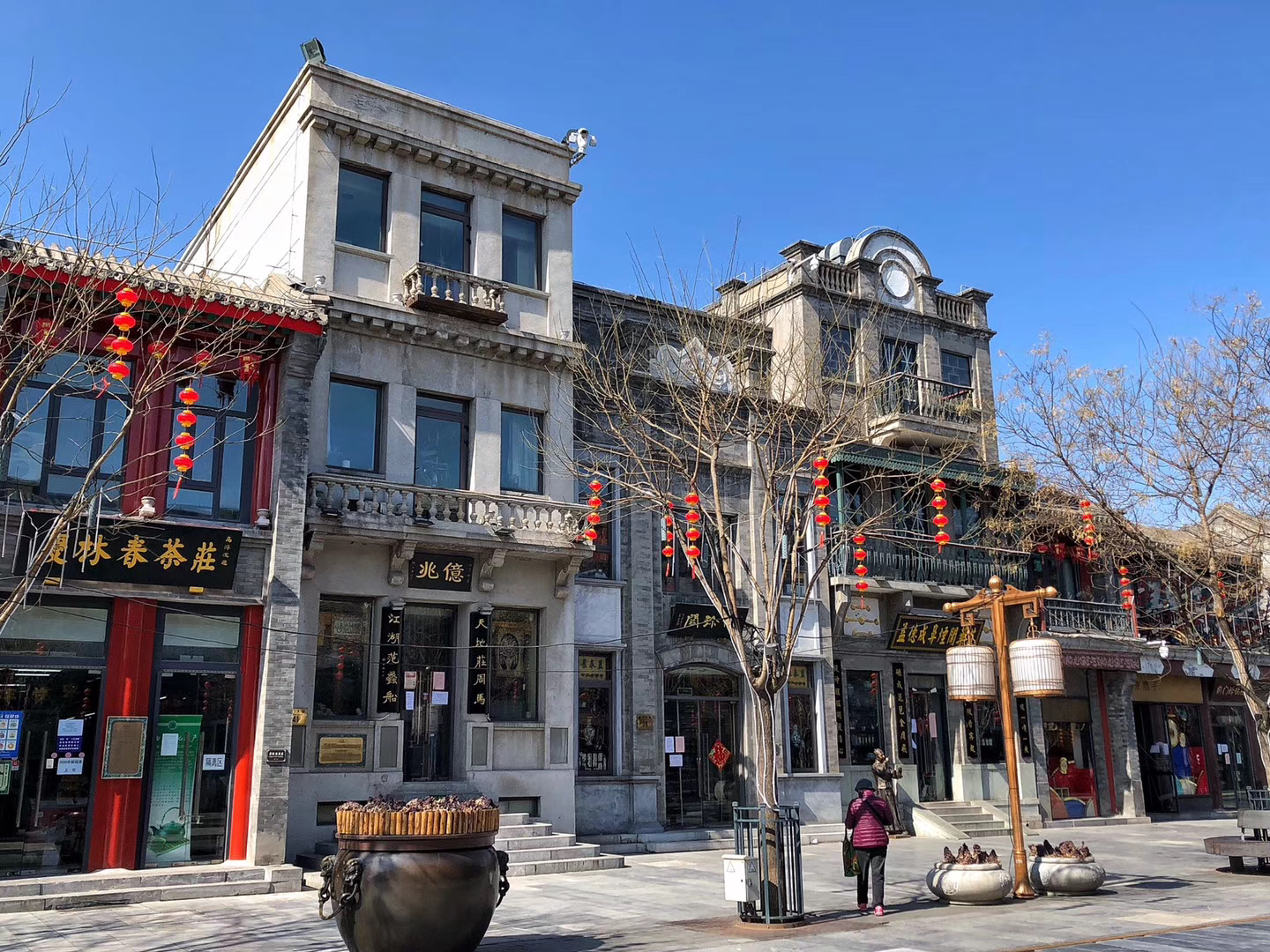温馨提示:这篇文章已超过573天没有更新,请注意相关的内容是否还可用!
今天接着聊大栅栏大栅栏,还记得它的发音吗?
yep, We call it Dashilanror Big fences.
今天我将告诉大栅栏你大栅栏的起源,和发生在它身上的故事。
Interested? ok, here we go!
音 频 解 析
In 1488, in order to secure the public safety of the capital, the central government of Ming Dynasty built wooden fences at all the entrances to the streets and lanes in Beijing.
1488年,为了保障明朝京城的安全,明朝的朝廷在北京的街道和小巷的所有入口都修建了木栅栏。
The fence was completed with support from the local residents, and the total number of the fences was more than 1,700 by the end of the Qing Dynasty.
栅栏是由当地居民的努力下完成的,到清朝结束时,栅栏的总数超过了1700个。

Among them, the Langfang Sitiao street’s fence was funded by the merchants. For this reason, the fence was extremely large and thus got the name "Dashilanr".
其中,廊坊四条的栅栏是由商人资助的。由于这个原因,栅栏非常大,因此得名“Dashilanr”。
With the passage of time, "Dashilanr" gradually became the formal name of the street replacing "Langfang Sitiao".
随着时间的推移,“Dashilanr”逐渐成为街道的正式名称,取代了“廊坊四条”。
In 1899, Dashilanr caught fire and the wooden fence was burnt.
1899年,大栅栏失火了,木栅栏被烧毁了。
Since then, the fence has practically disappeared, leaving only the name "Dashilanr" itself. It was not until the year of 2000 that the Beijing government rebuilt an iron fence at the entrance of Dashilanr.
从那以后,栅栏几乎消失了,只留下了大栅栏这个名字。直到2000年,北京市政府才在大栅栏的入口处重建了一个铁栅栏。
划 重 点
为了,确保:in order to
公众安全,人民安全:public safety

中央政府,朝廷:central government
入口:entrances
当地居民:local residents
总数:the total number
随着时间的推移:With the passage of time
替换:replace
从那开始:Since then


还没有评论,来说两句吧...